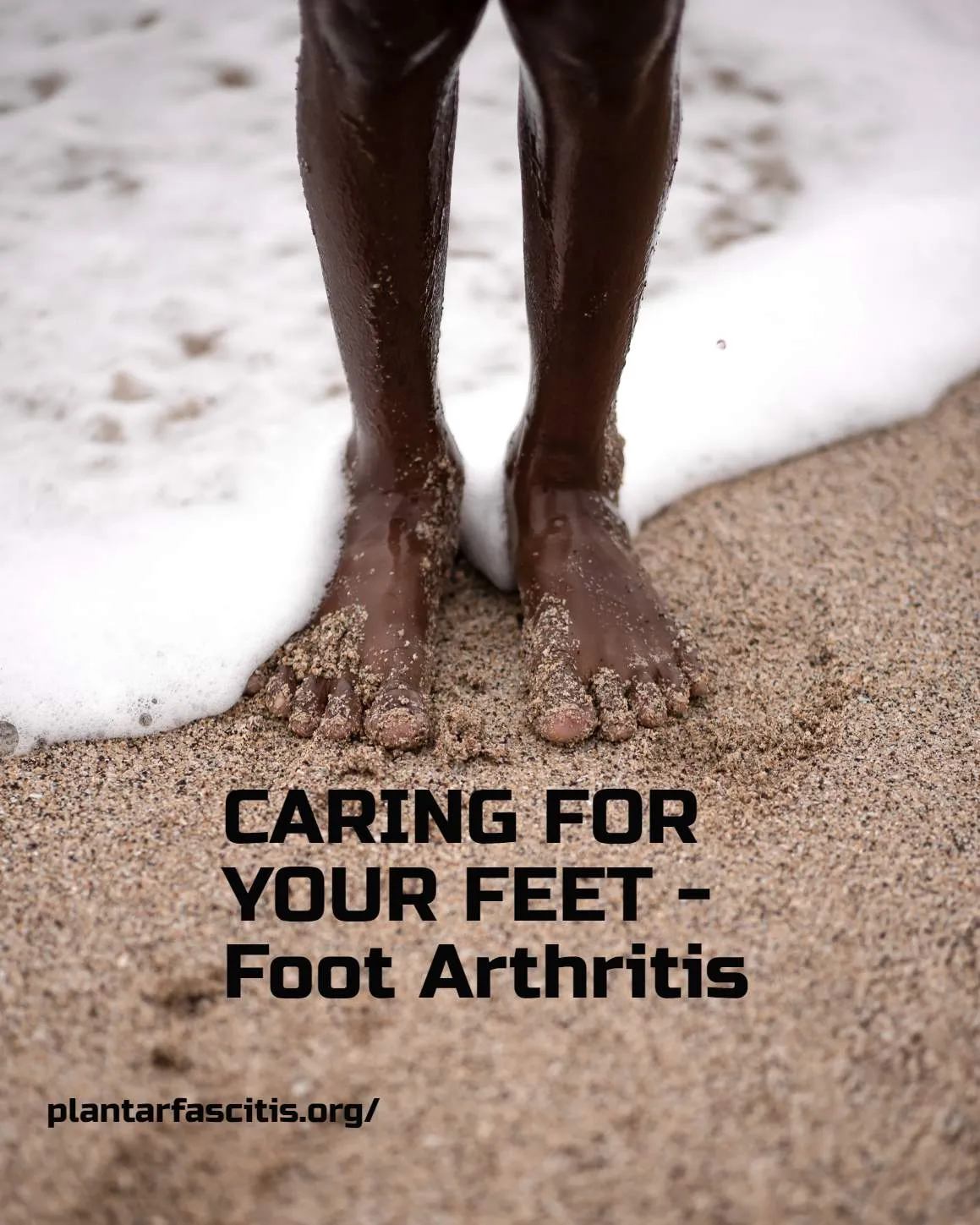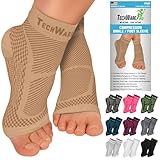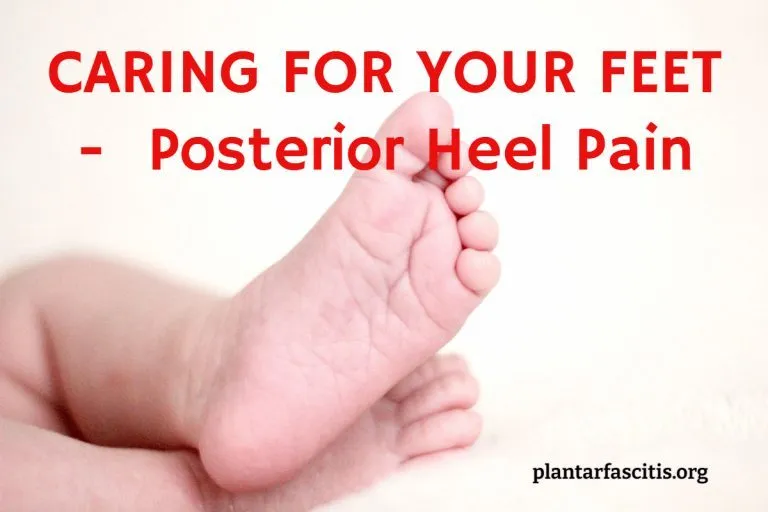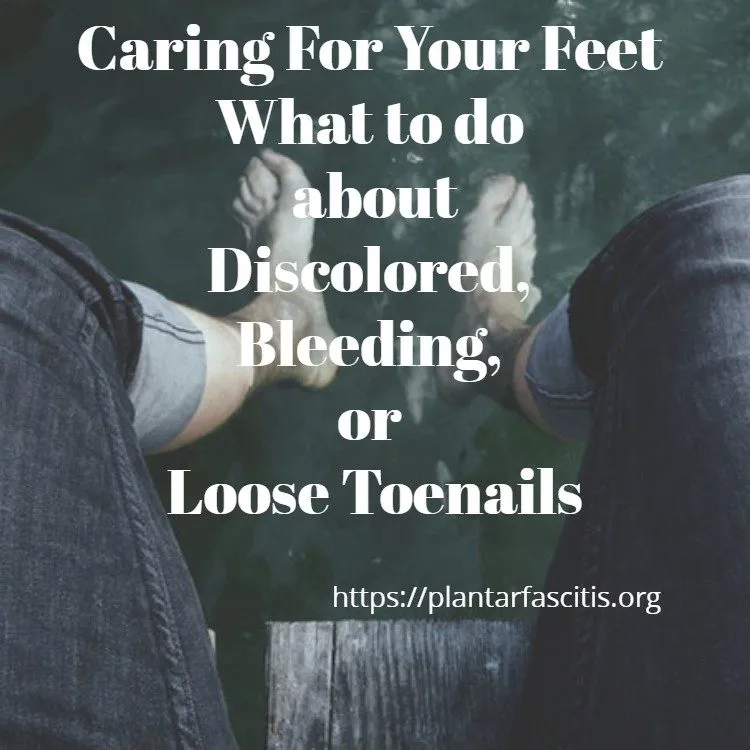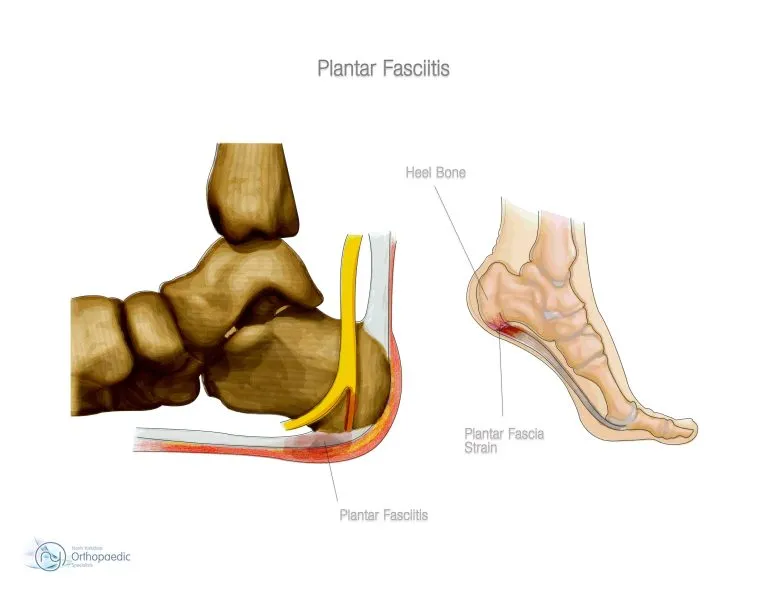Foot Problems – Foot Arthritis
The two most common types of foot arthritis that are found are:
Osteoarthritis
Rheumatoid Arthritis
Osteoarthritis, or degenerative joint disease, is the most common form of foot arthritis. It is due to:
- The normal wear and tear our joints undergo during our lifetime. The saying is true: “If you live long enough, you will develop osteoarthritis.
- Or it may be due to a joint injury. This injury can be due to over-utilization, a fracture, or surgery on a joint.
The most commonly affected joints in the foot are The toe joints. The metatarsophalangeal joints. These are the joints located in the balls of the feet (in the forefoot area) — the joints where the toes attach to the feet.
- The most frequently affected joint in the foot is the 1st metatarsophalangeal joint. When this joint has osteoarthritis, it is usually called Hallux Limitus or Hallux Rigidus, and people may experience:
- A reduction in the big toe’s height can be pushed up (dorsoflexion).
- Pain in the big toe when it is dorsoflexed or when we take a step and “push off.”
- a “hard” bump or bone spur is seen or felt on the top of the joint.
- Swelling around the joint by the end of the day may subside with rest.
The most common symptoms that one may experience are:
- A brief period of morning stiffness (15 minutes or less).
- Aching pain in one or more joints increases with use and is relieved by rest.
- Pain is not migratory. This means that symptoms are usually experienced in the same joint rather than in one and a different joint tomorrow.
- The affected joint usually appears swollen, and this swelling feels “hard.” However, there is no redness nor increased warmth around the joint.
- The affected joint is tender when you apply pressure to it.
- The range of motion of the joint is usually limited.
The pathology of osteoarthritis begins with an uneven wearing down of the joint cartilage, which may be due to overutilization of the joint, an injury to the joint, etc.
This produces a narrowing of the joint space, and finally, the bone begins to rub against the bone. When bone rubs against bone, we may experience pain.
- 𝐁𝐄 𝐀𝐖𝐀𝐑𝐄 𝐒𝐭𝐫𝐨𝐧𝐠 𝐂𝐨𝐦𝐩𝐫𝐞𝐬𝐬𝐢𝐨𝐧 𝐒𝐥𝐞𝐞𝐯𝐞: Our sleeves provides STRONG COMPRESSION for support and effectiveness. Refer to our size chart & take all 3 measurements for Best Fit. If on borderline between sizes – SIZE UP
- 𝐒𝐭𝐫𝐨𝐧𝐠 𝐜𝐨𝐦𝐩𝐫𝐞𝐬𝐬𝐢𝐨𝐧 𝐢𝐧 𝐚 𝐭𝐡𝐢𝐧 𝐬𝐥𝐞𝐞𝐯𝐞: Offers pain relief from arthritis, sprains, muscle fatigue, and stress fractures in a slim, breathable, moisture wicking soft fabric; Ideal for those seeking strong compression socks
- 𝐏𝐫𝐞𝐦𝐢𝐮𝐦 𝐪𝐮𝐚𝐥𝐢𝐭𝐲 𝐬𝐭𝐫𝐨𝐧𝐠 𝐜𝐨𝐦𝐩𝐫𝐞𝐬𝐬𝐢𝐨𝐧: Unique manufacturing process ensures a tight comfortable fit around tendons and muscles to improve blood circulation and reduce inflammation; helps with edema treatment, bunion, and bursitis while providing stability
- 𝐕𝐞𝐫𝐬𝐚𝐭𝐢𝐥𝐞 𝐝𝐞𝐬𝐢𝐠𝐧: Can be worn by itself or under, over your existing socks
- 𝐍𝐨 𝐬𝐥𝐢𝐩 𝐟𝐢𝐭 𝐟𝐨𝐫 𝐚𝐧𝐲 𝐚𝐜𝐭𝐢𝐯𝐢𝐭𝐲: Stay comfortable all day and night during sports and fitness activities like baseball, rucking, running, basketball, soccer, walking, hiking, tennis, volleyball, kickboxing, gymnastics, exercise workout, cycling and more
Last update on 2025-11-19 / Affiliate links / Images from Amazon Product Advertising API
Treatment of osteoarthritic joints:
The most successful treatment is protecting the joint/joints, especially walking. This is the “Standard” of medical treatment — the treatment most recognized by all medicine as effective. Protecting the joint/joints will ensure:
reduction in joint pain
significant slow-down in the progress of the disease within the affected joints
a reduction in the chances of injuring other joints when we walk.
If we have a painful joint (or joints), we subconsciously force ourselves to walk abnormally so as to try and keep all pressure off of the painful joint. When we do this, we apply abnormal and excessive pressure on other joints in the foot. This is called compensation. This compensation leads to over-utilization of these joints and new sites of osteoarthritis.
Purchasing custom-made orthotics – designed for foot arthritis. This is the only way that I have found to protect the osteoarthritic joints and to prevent the normal joints from becoming arthritic. Custom-made orthotics are designed using modern shock-absorbent materials that will absorb each step’s shock rather than passing the shock on to joints in the feet. This will give general protection to all of the joints in the foot. To protect the individually affected joints, we:
Add thin but resilient and long-lasting padding under the joint/joints.
Custom-made orthotics for arthritis have consistently proven effective in accomplishing these goals, thus relieving arthritis pain.
A pair of custom-made orthotics is the only conservative treatment that has proven effective in:
Reducing the pain caused by osteoarthritis.
The most common symptoms that one may experience are:
- Prolonged stiffness in one or more joints (usually experienced in the same joints in both feet simultaneously). This stiffness may last for one or more hours.
- Aching pain becomes more severe with use and may not be relieved with rest or may take considerable time to subside.
- Classically, this disease affects comparable joints on both feet simultaneously. This is called bilateral or symmetrical joint involvement.
- The affected joints appear swollen and inflamed. The swelling is usually a “soft” spongy type of swelling. There is also an increased warmth felt around the joint.
- The affected joints are tender and painful when pressure is applied to them.
- The range of motion of the affected joints is limited and painful.
- The above symptoms are usually “migratory” in nature. One day, one joint is affected, and the next, a different joint. The pathology of Rheumatoid Arthritis: The synovial membrane within the joint becomes inflamed due to repeated attacks by our immune system. During these attacks, a gritty substance called pannus is formed. The pannus, in turn, erodes the cartilage, bone, and ligaments. This produces a “soft swelling” around the joint. Due to the cartilage erosion, the joint space is even narrowing.

